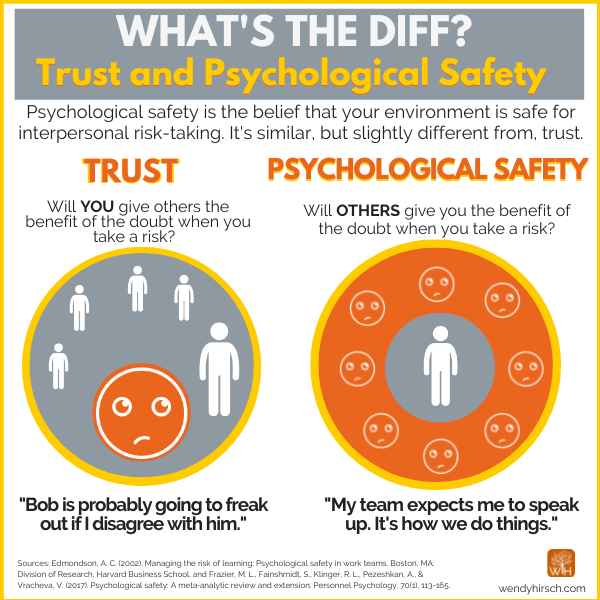Teachers Deserve Psychological Safety, too.
Why Psychological Safety is Crucial for Teachers
1. Teacher Well-Being
Teaching is an emotionally and mentally demanding profession. Without psychological safety, teachers are at a higher risk for stress, burnout, and job dissatisfaction. When teachers feel that their emotional well-being is valued—whether through supportive leadership, peer connections, or a safe space to share struggles—they’re more likely to stay motivated and passionate about their work.
2. Collaboration and Innovation
Psychological safety is the foundation of collaboration. Teachers need an environment where they can share ideas, try new teaching methods, and learn from one another without fear of ridicule or failure. When teachers feel safe to experiment and innovate, the entire school community benefits through new, creative approaches to learning.
3. Continuous Professional Growth
When teachers feel psychologically safe, they’re more open to feedback. They see feedback not as a threat but as a chance to improve and grow. This mindset encourages self-reflection, professional development, and ongoing learning, which all contribute to more effective teaching practices.
4. Better Student Outcomes
It’s simple: Happy, supported, and well-balanced teachers are better teachers. When educators feel safe to take risks, collaborate, and grow, they’re more likely to create engaging, dynamic learning experiences for their students. This ripple effect ultimately improves student outcomes.
How Can School Leaders Foster Psychological Safety?
Creating a psychologically safe environment starts at the top. School leaders are responsible for modeling the behaviors they want to see in the school community. Here are a few strategies for leaders to build psychological safety for teachers:
- Lead by Example: Demonstrate vulnerability, openness, and transparency in your own actions. Show that it’s okay to ask for help, admit mistakes, and learn from them.
- Foster Collaborative Spaces: Create regular opportunities for teachers to collaborate and share ideas—whether through team meetings, workshops, or peer observations.
- Encourage Feedback: Create a feedback-rich environment where teachers feel comfortable offering constructive criticism and receiving feedback without fear of retaliation.
- Provide Resources and Support: Ensure that teachers have the resources, professional development, and emotional support they need to thrive in the classroom.
- Check In Regularly: Regularly check in with teachers to gauge their stress levels, workloads, and overall well-being. This can be done informally through one-on-one meetings or more formally through surveys.
References:
Edmondson, A. C. (2008). The competitive imperative of learning. Harvard Business Review, 86(7–8), 60-67.

Comments
Post a Comment